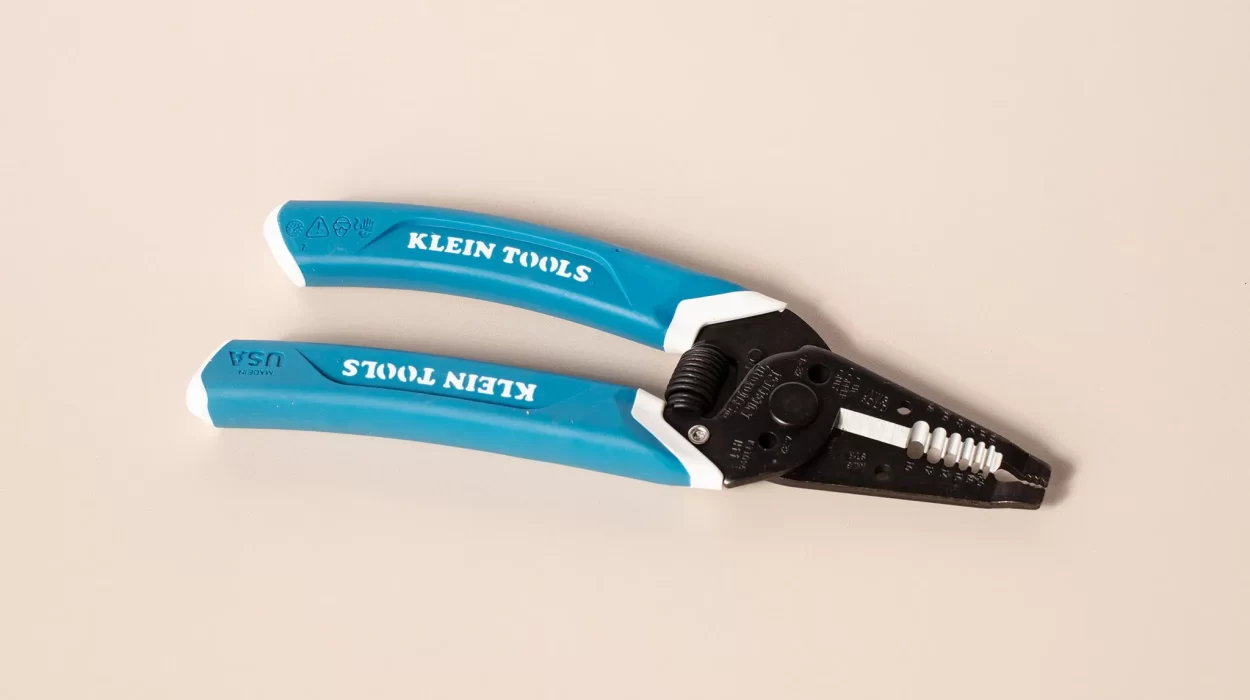If you have the right tool, cutting through the wire of all sizes and shapes is simple. There are all types of wire cutters suitable for a range of jobs. For example, if you need an all-purpose set, then diagonal cutting pliers are perfect, but if you’re dealing with electrical cabling or wires, then Lineman’s pliers are more suitable.
What Are Wire Cutters & How Do They Work?
Wire cutters were designed specifically to cut wire. There are a variety of designs available, whether you’re looking for a lightweight tool to handle delicate wires or a heavier-weight option to tackle major cables. They are used across many fields, from jewellers and electricians to HVAC technicians and machinists. It’s also a useful tool for the DIYer’s home toolbox.
Diagonal pliers or snips are wire cutters designed in the style of pliers, but featuring sharpened blade edges to cut through wiring. The heavier and bigger those cutters, the heavier the wire gauge they can tackle. You can also pick up wire cutters with insulated handles, which is useful for electricians. Electricians also often have a wire cutter that includes a wire stripper. It makes the job simple when one tool can do two jobs.
A basic set of wire cutters will cut through standard wires, but a flush cut will ensure you get as close to an edge as possible. Jewellers typically use bezel wire cutters and for heavy gauge wire, industrial workers go for bigger wire (and bolt) cutters.
A good set can be pricey, but it’s a reliable tool and a sound investment. If you take care of your investment by cleaning and oiling your cutters, you can long extend their lifespan.
How To Correctly Use Wire Cutters
First things first, be sure you have the correct set of wire cutters for the job you plan to do so. Before you start using your wire cutters, move the handles to ensure they open and close easily and inspect the blades for nicks or cuts. You will want to use the jaws to cut the wire, this is the sharp ridge where the blades meet. Once you place the jaw against the wire, squeeze the handles to cut through the wire.
When you are proficient in wire cutter use, you can try stripping wires with the cutter. Lightly press your handles together to make a slight cut in the wire cover and use your wire cutter to pull or strip the cover away to expose the wire underneath. If you keep your wire cutters in good condition they will be very sharp, so be sure not to cut the wire as you strip. Alternatively, you can invest in a dual wire cutter and stripper to take a more cautious approach and avoid damage.
It’s also worth noting that you should avoid placing your fingers on, near or between the wire cutter’s jaws or sharp edges. Always oil your wire cutters before you store them, and ensure they are out of reach of children.
Also Read: Hydraulic Tools Market Trends 2022-27: Share, Size, Growth, Industry Demand and Analysis

